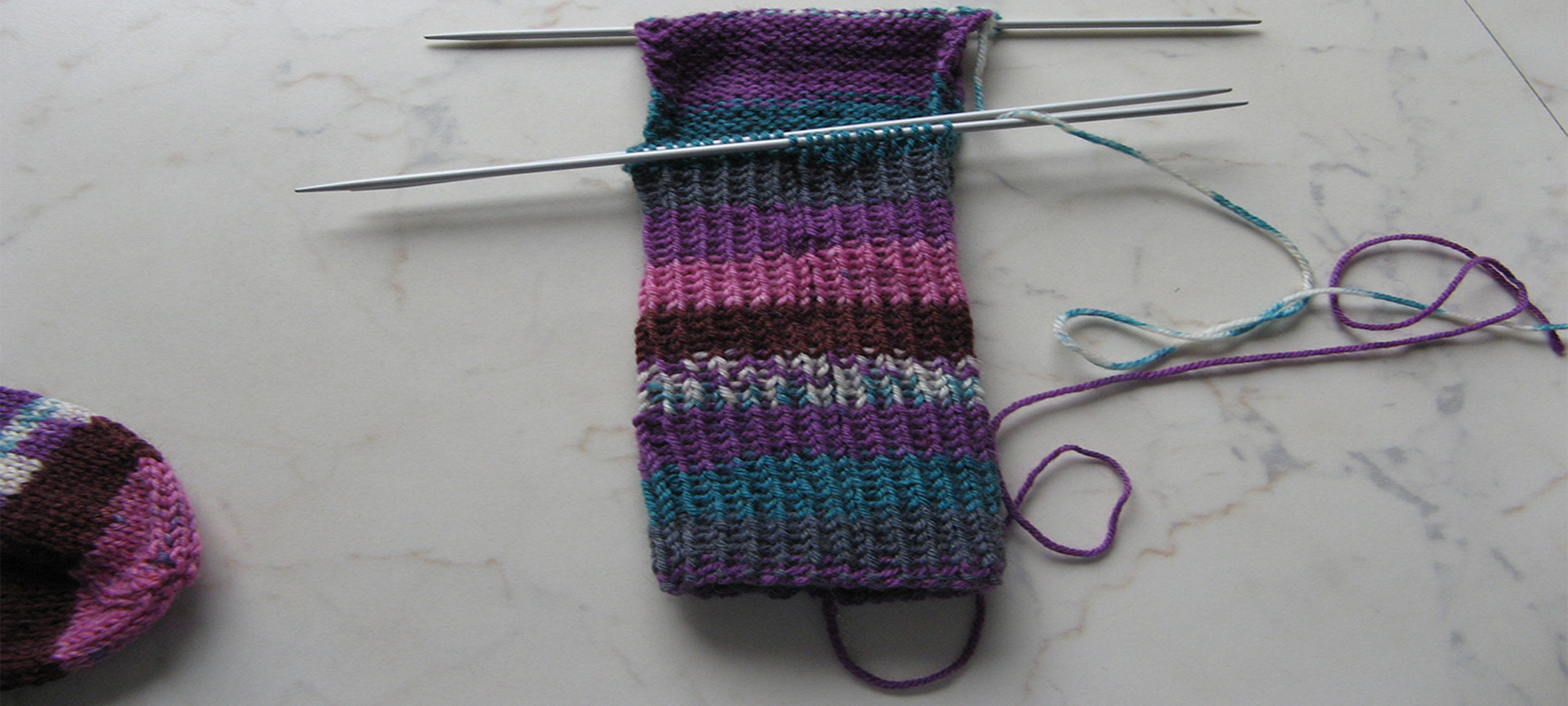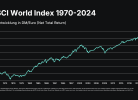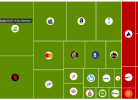By MITCH ZACKS
Weekly credit and debit card spending at major U.S. retailers – Target, Walmart, Amazon, Best Buy, and Kohls – has been tracking higher since the beginning of the year. Steady spending comes in spite of record job losses and a pandemic that remains a public health and economic risk. Challenging times abound, but U.S. consumers remain resilient.
There have been a few key factors supporting spending. For one, the economic recession did not touch all sectors and industries. While some areas of the economy experienced sharp decline in activity (retail, hospitality, airlines, food services), others thrived (technology, consumer discretionary, home goods, consumer staples). The federal government was quick to respond to workers and families in the former category, and the $600/week additional unemployment benefit and stimulus checks proved a robust safety net. Personal incomes and the savings rate actually went up over the summer.
To be fair, those stimulus tailwinds are fading, and economic growth momentum appears likely to slow down until more stimulus is passed and/or a vaccine is widely distributed. The timing of either outcome remains uncertain.
Even still, I believe the U.S. consumer remains an under-appreciated positive, and I think spending will hold up in the coming quarters better than most expect. Here are three reasons why.
1. Households, Surprisingly, are in a Reasonably Strong Financial Position
One key measure for how well households are holding up is to look at debt payments as a percent of disposable personal income, which are now at a 30+ year low.
Household Debt Payments as a Percent of Income are Falling – A Good Sign.

Source: Federal Reserve Bank of St. Louis
Low interest rates are part of the equation. Many households have been able to refinance existing debt to make it more affordable, while others used the economic growth of the last decade to trim debt on balance sheets. While only about 50% of Americans own stocks, the market’s surge in the last bull market also boosted net worth and improved many households’ financial positions going into the pandemic. An economic rebound in the coming years – which I see as highly likely – should only add to this financial position and drive spending in the process.
2. Steady Rebound in the Labor Markets
Early in the pandemic, some economists were predicting an unemployment rate north of 20%, but the labor market proved more resilient than expected. After reaching a peak of 14.7% in June, the unemployment rate fell back to 7.9% in September. Initial jobless claims – a key indicator of labor market health and improvement – has also been steadily declining, suggesting the number of layoffs is easing:

Source: Federal Reserve Bank of St. Louis
I expect the jobs market to continue along this path, with modest improvements through Q1 2021. But I am also in the camp of seeing a surge in hiring once the pandemic risk fades, which I believe is likely to arrive sometime early-to-mid next year. Improvements to the job markets should correspond fairly tightly to gains in spending.
3. Downstream Effects of Housing Market Strength
Sales of previously-owned homes rose to a 14-year high in September, continuing a bullish trend for housing that has persisted all year. Interestingly, much of the new growth is being driven by millennials, who previously had been reluctant to enter the housing market as family formation lagged and as they favored renting. For the first time, millennials accounted for over 50% of new home loans. Many are migrating out of cities and into the suburbs—with more space for home offices.
Downstream effects of the housing boom have been evident in consumer spending on furniture, appliances, and home improvement, which has outperformed spending across most other sectors – a trend I expect to continue.
Bottom Line for Investors
Year-to-date, Consumer Discretionary stocks are up +23.4%, while Technology stocks are up +28.7%. No other sector has posted a return greater than +9% for the year, and the S&P 500 is up +5.6% (through September 30). The U.S. consumer remains resilient.
Gains in Consumer Discretionary have largely been led by e-commerce companies, but we have also seen marked strength in home improvement, home goods, electronics, general merchandise retailers, and home builders. With more economic growth ahead (in my view), slow and steady improvements to the labor market, and more fiscal stimulus in the pipeline, I’m staying bullish on the U.S. consumer.
Wenn du keinen Beitrag mehr verpassen willst, dann bestell doch einfach den Newsletter! So wirst du jedes Mal informiert, wenn ein neuer Beitrag erscheint!








Super spannender Bericht. Danke Christian, für das Teilen und diesen Blog allgemein.
Ich finde so spannend daran, dass ich gar nicht gedacht habe, dass es dem US Konsument angesichts der miserablen Corina Situation in den USA „so gut“ geht. Durch das Konsumieren primär deutschsprachiger Medien war ich der Ansicht, die USA stünden knapp vor dem Wirtschaftskolapps und einer Welle privater Insolvenzen. Anscheinend ist dem nicht so. Für mich erklärt das auch das so knappe Wahlergebnis (wenn es mal irgendwann feststeht). Die Hälfte der Amerikaner ist mit dem politischen Management zufrieden. Im Homeland oft capitalism wählt man, was einen pekuniär weiter bringt, die Person und Integrität dieser ist zweitrangig (oder noch weiter hinten). Moral ist ein Luxus von Sozialstaaten, evtl. und leider ?